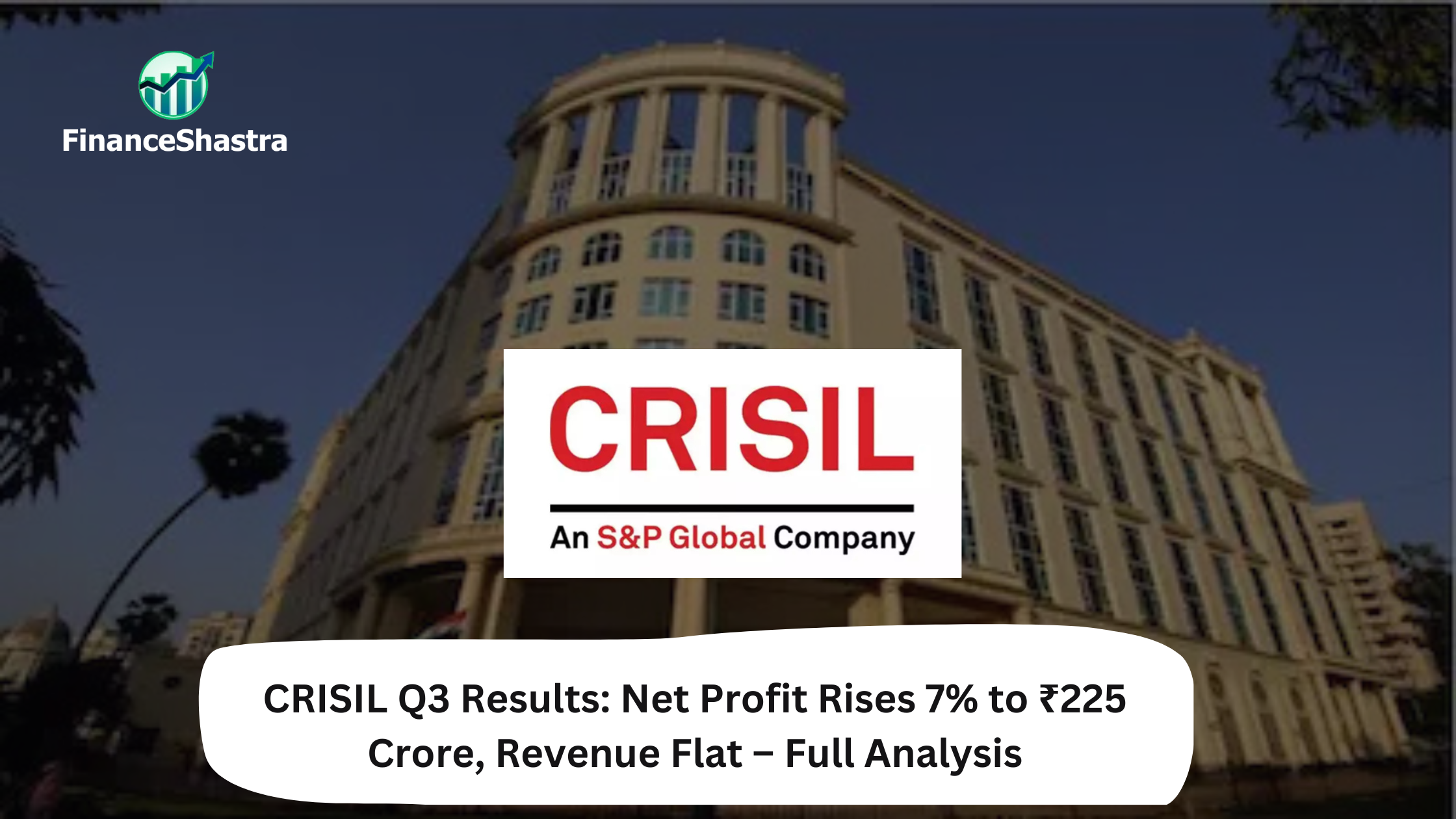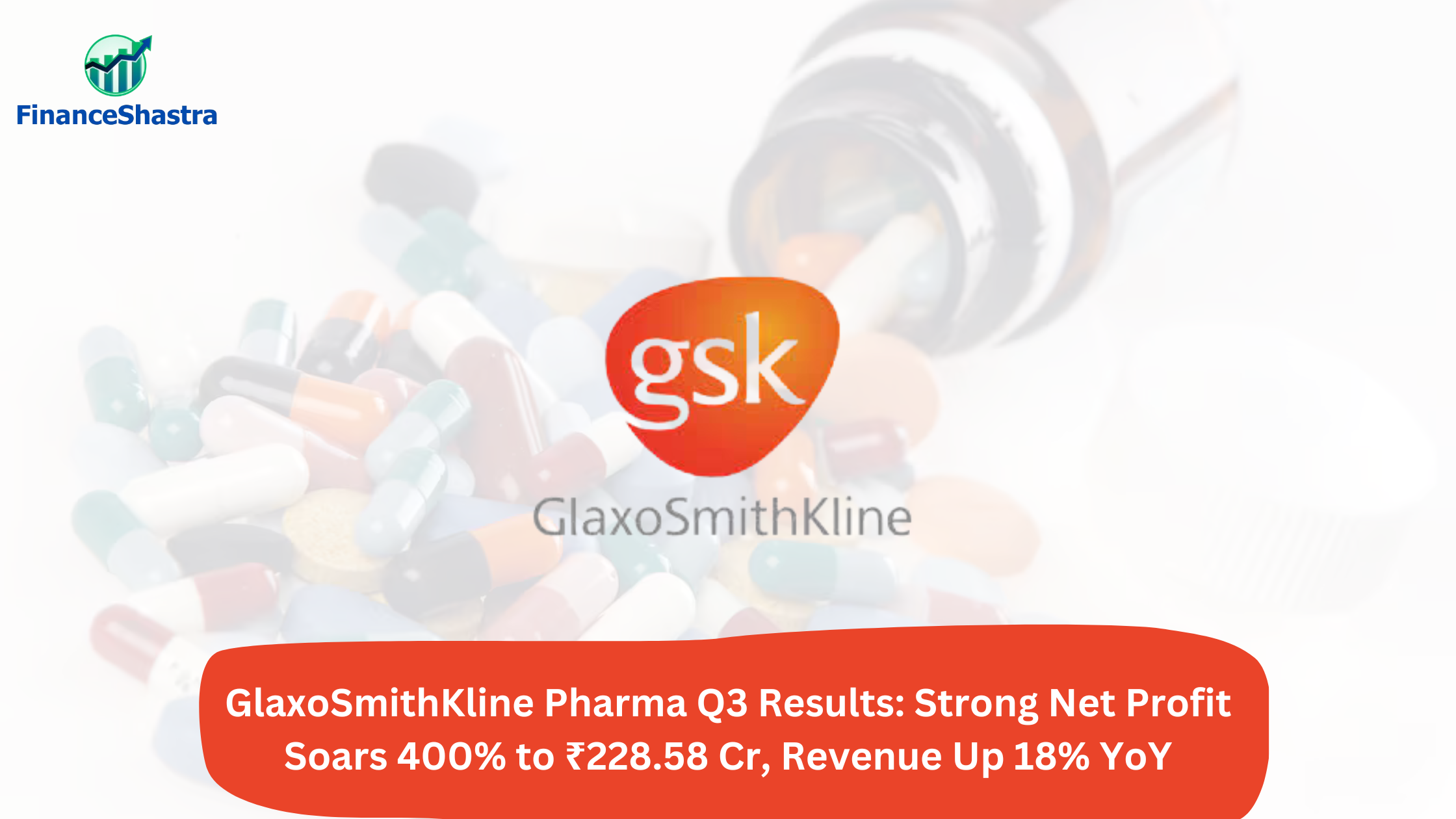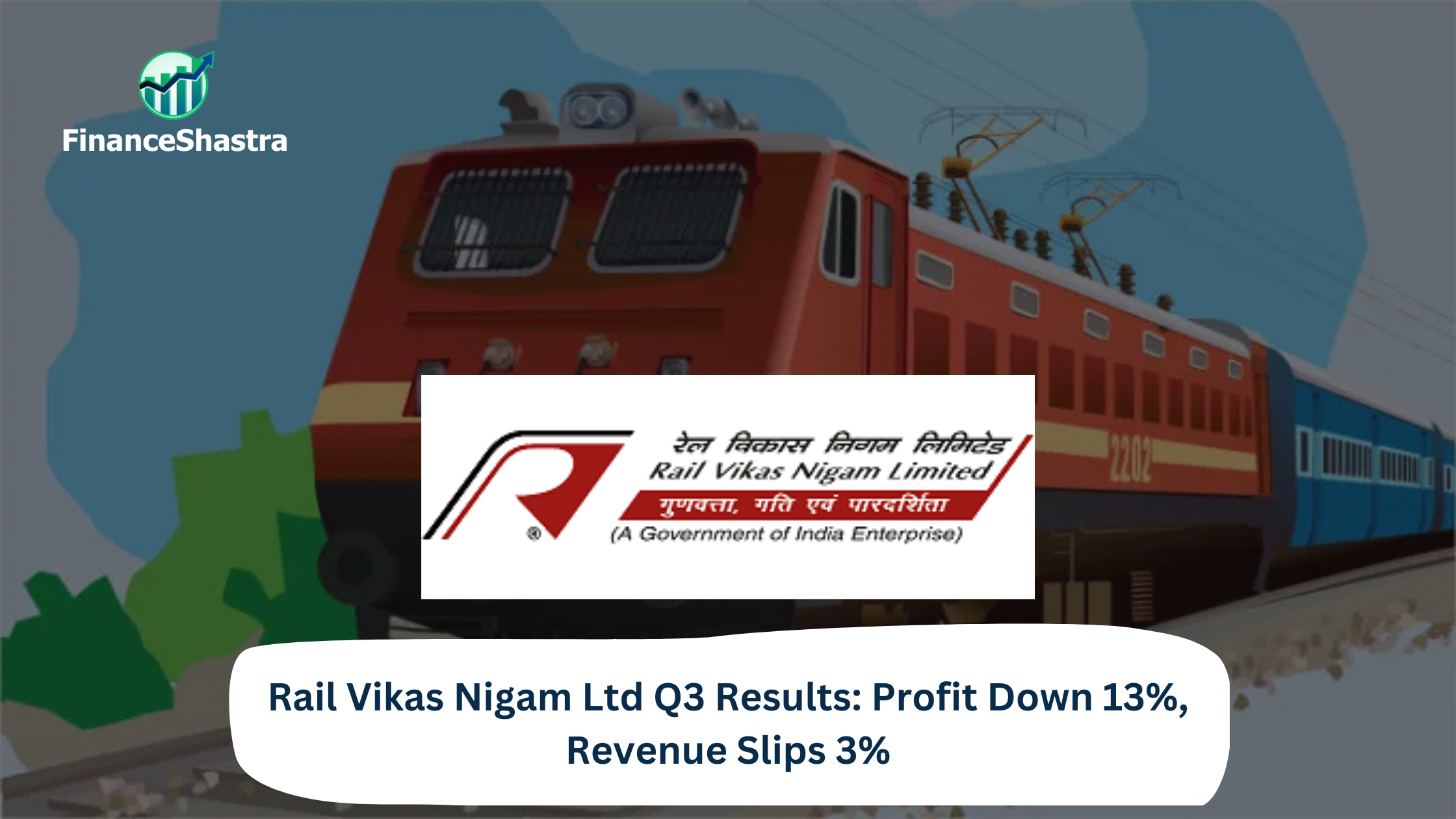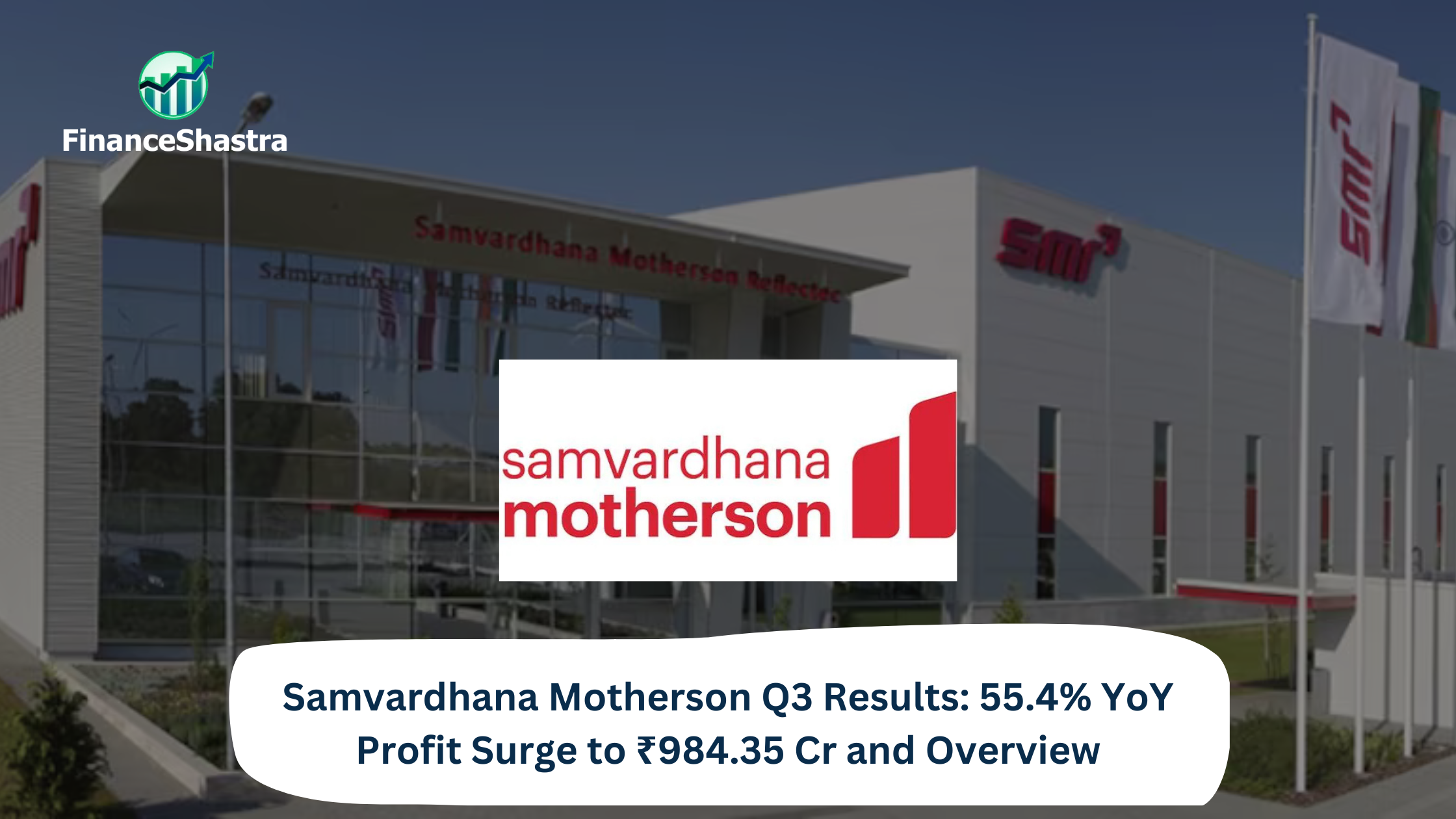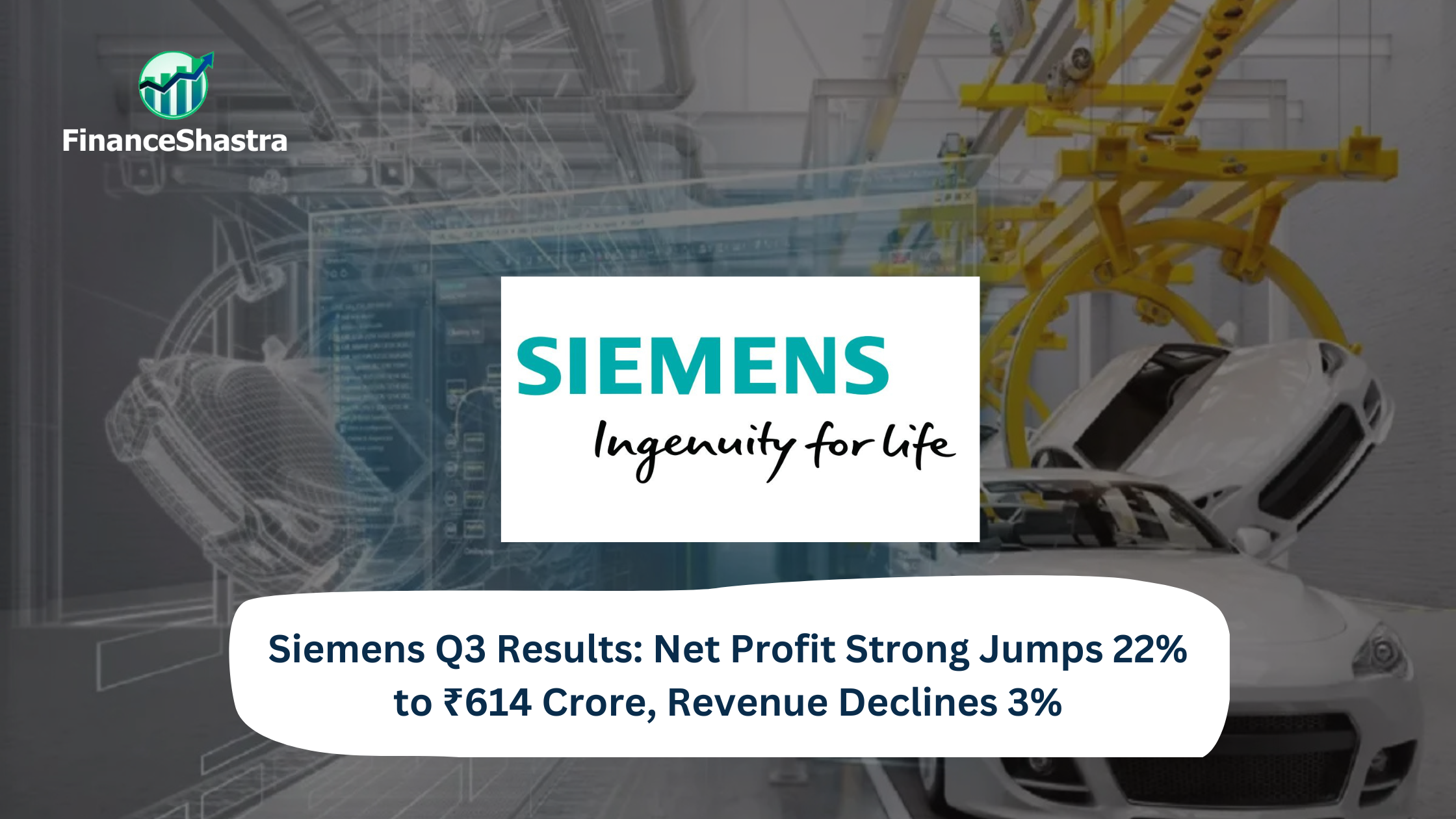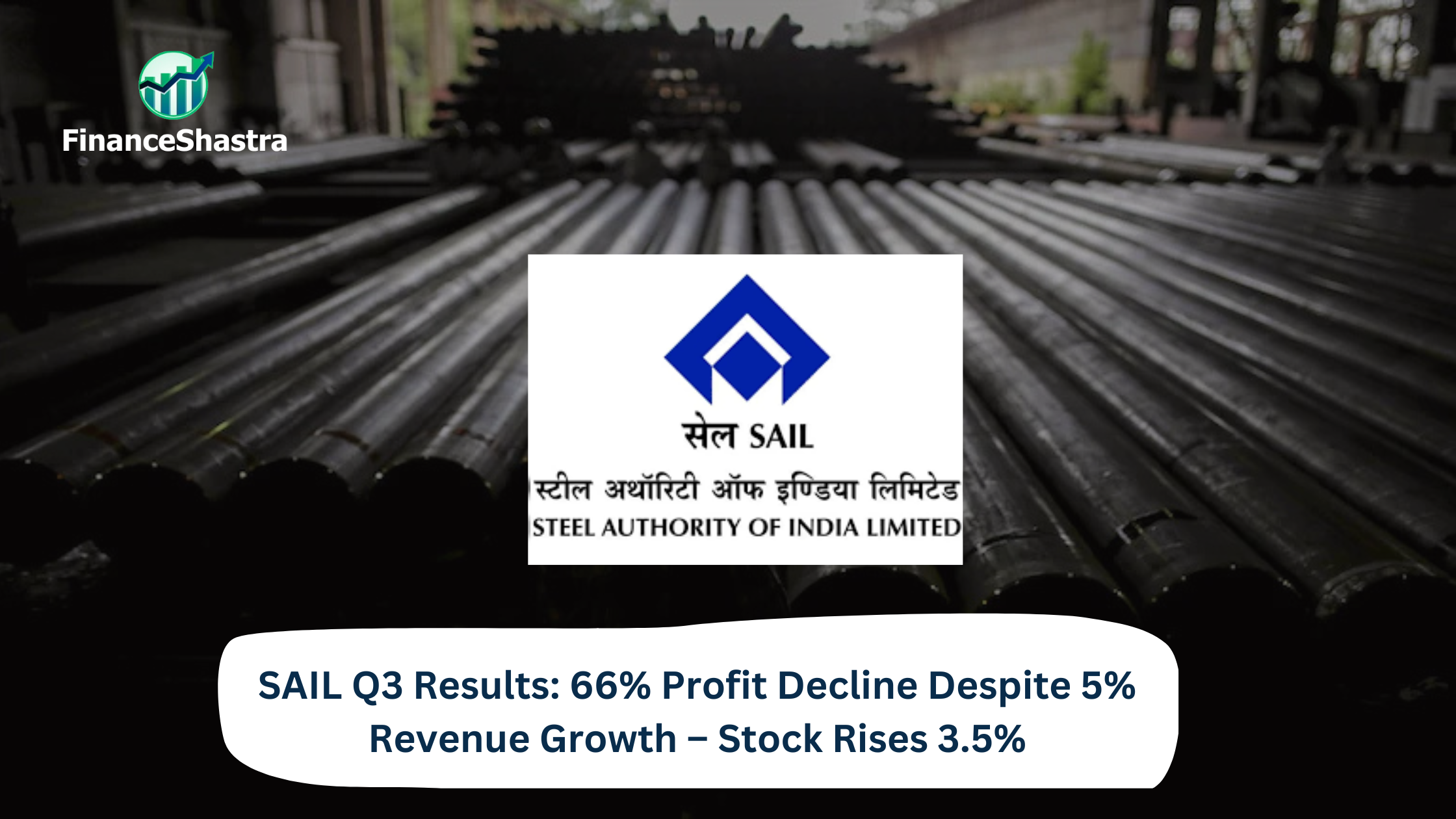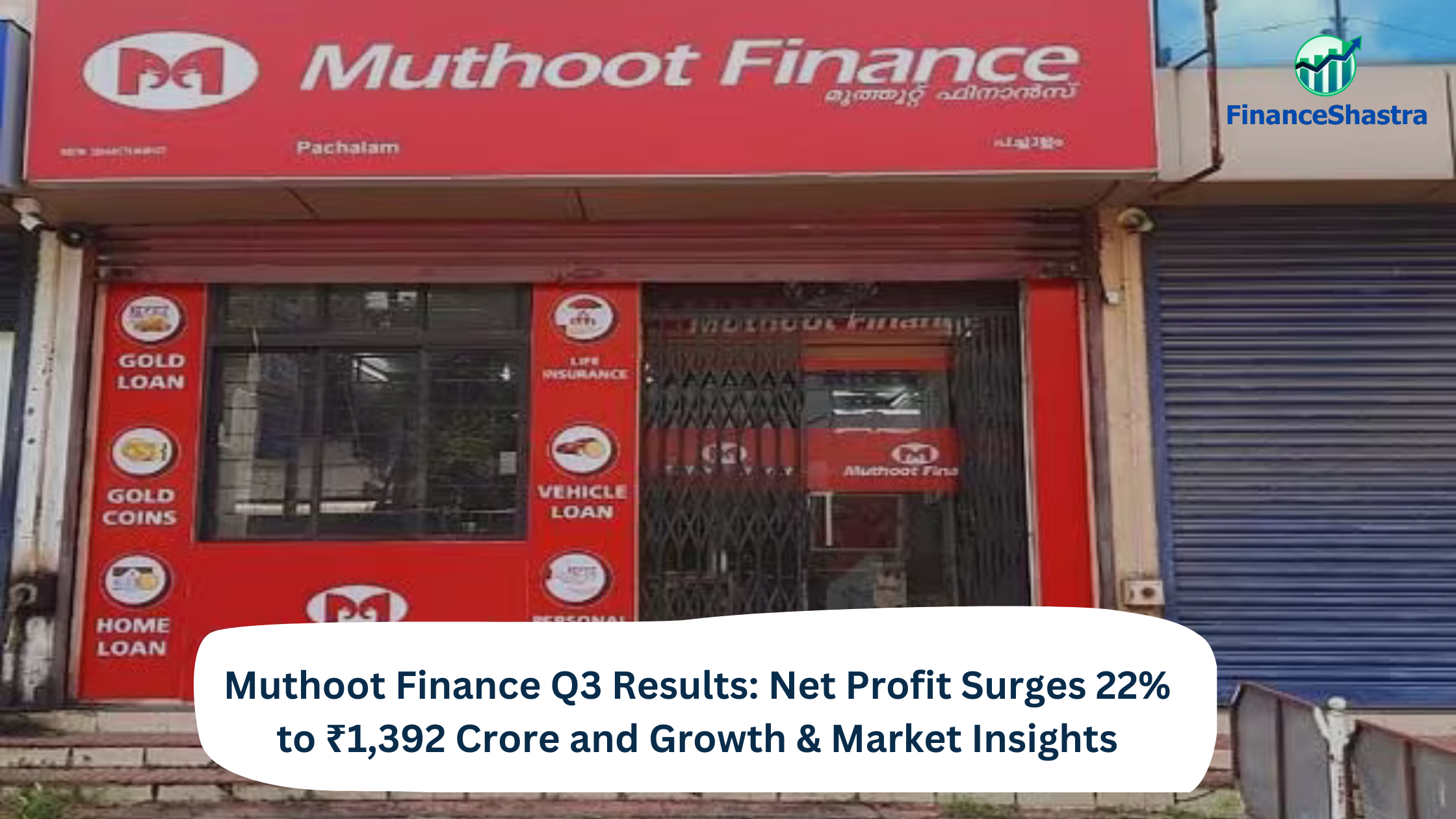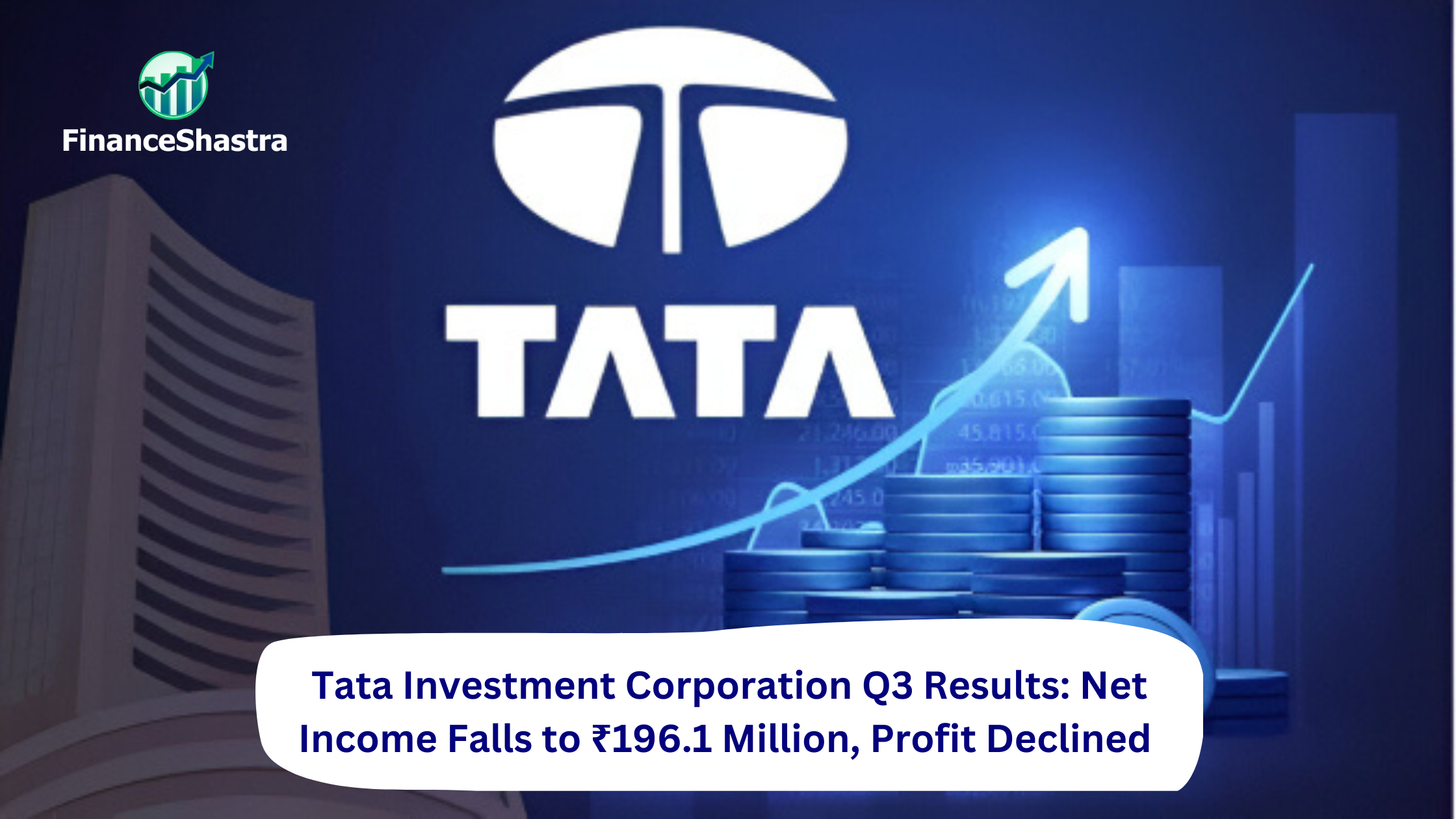CRISIL Q3 Results: Net Profit Rises 7% to ₹225 Crore, Revenue Flat – Full Analysis
CRISIL Ltd: Business and Industry Overview
CRISIL Ltd started in 1987, with collaboration between ICICI (Industrial Credit and Investment Corporation of India) and UTI (Unit Trust of India). CRISIL was the first credit rating agency in India. The operational segments of CRISIL are Research, Benchmarking, Consulting services and Analytics. It has expanded its footprint in multiple countries around the globe in USA, Europe, Middle East, Australia, and countries of Asia, serving many international big clients. CRISIL was later demerged from ICICI and was acquired by a US company S&P Global Ltd a credit scoring company. It has established really strong brands under its umbrella to expand in many service segments to become Ace. It started CRISIL Ratings, CRISIL Intelligence for market intelligence and analytics business segment, CRISIL Integral IQ and many more. It has total of 4600+ employees working over 12 countries. As this year’s government budget is more favoured towards consumption side, which will increase the money circulation in economy and will eventually result in higher inflation. CRISIL expects India’s GDP growth to be 6.5% for next fiscal year. It thinks bond issuances may experience tailwinds driven by easing in monetary policies. The industrial lending segment in short future will stay range bound but the personal lending portfolio of banks might see an increase.
Latest Stock News
Investors prefer the high quality of CRISL’s rating which has given CRISIL Ratings services a leading position in corporate bond segment. Research, Analytics and Solutions saw demand in buy-side offerings, consulting, and credit and risk offerings from global clients. In Q4 FY23, company saw gain of ₹29.4 crore due to sharp devaluation of Argentinian peso, and if we exclude that then PBT grew by 18.1% in this quarter YoY. Final dividend of ₹26 per share was declared, making the total dividend of ₹56 per share this year compared to ₹54 in FY23. It has recognized as a category leader in Chartis’ RiskTechCredit Portfolio Management (CPM) Solutions 2024 Quadrant, receiving 15 recognitions. To engage with clients it hosted 9th annual NBFC seminar in Mumbai, hosted conclave in real estate segment with title of ‘Shaping the Future of Real Estate’. CRISIL Coalition Greenwich hosted competitive challenges for asset managers in Chicago. CRISIL Integral IQ sponsored risk finance events focusing on trends in model risk, investment risk, impact of AI and technology, etc. During this quarter, CRISIL Foundation expanded its outreach and provided help to more than 4 lakh rural community members in Assam and Rajasthan under its flagship program ‘Mein Pragati’.
Segment Information
- Ratings Services: This subsidiary provides ratings, which can help the issuers for funding and also for borrowers. Its services give an internal evaluation processes which includes screening of companies to ensure their operations and capabilities to repay or provide funding. Its services are majorly use in calculating the capital adequacy of banks. It has given rating to over 7000+ large and medium corporates and financial institutions.
- Research, Analytics and Solutions: It helps its clients with making strategic decisions, as it is expertise in collecting data and providing solutions to make companies grow their business and revenues. It has also worked with Indian Government as a support in making of PPP framework for India. Its services are offered in Asia, Africa and Middle East countries. It is the official rating provider of Indian Mutual Funds and a largest provider for fixed income valuations in India, covering more than ₹197 trillion. It also launched India’s first AIF benchmark to help AIF portfolios to compare their performance.
- International Business: It is a leading strategy implementation partner that works across globe helping companies in mitigating risks, make better decision, productive environment and enhance their returns. It serves 15 leading global investment bankers, 5 leading insurers, 40 credit risk teams of global banks.
Subsidiaries Information
- CRISIL ESG Ratings & Analytics Ltd: This subsidiary provides ratings to companies and to banks globally for its credit lending or funding services helping them to optimize their capital. CRISIL ESG Ratings is registered with SEBI as a ‘Category 1’ ESG rating provider (ERP). It serves major banks, institutional and retail investors, asset managers, Mutual Funds and asset managers.
- Bridge to India Energy Private Limited: It is the leading consultancy and knowledge services provider in Indian renewable energy market. It provides wide range of services of consulting and research to contractors, companies, banks, government agencies, developers, financial institutions, etc. It is taking benefit of the comprehensive database it has to provide research and help their clients to grow and make the industry better.
- CRISIL Irevna Information Technology Columbia S.A.S: This subsidiary is based in Columbia, where many financial and technological professors work. It takes the outsourcing work of some key North American clients and helps them by providing research and strategic decision to grow their business. CRISIL has commenced a new unit in Columbia in Bogota to help them offer more services to their international clients.
- CRISIL Ratings Ltd: This subsidiary provides rating services to banks, financial institutions, mutual funds to rate their debt funding which will enhance the information making easy to invest or lend. Issuers and borrowers leverage its ratings to access funding, widening range of funding alternatives and optimize their capital. Government has made it compulsory for each mutual fund to have ratings, so that investors can make informed investments.
Q3 FY25 Earnings
- Revenue of ₹913crore in Q3 FY25 down by 0.43% YoY from ₹917 crore in Q3 FY24.
- EBITDA of ₹317.7 crore in this quarter at a margin of 34.8% compared to 38.1% in Q3 FY24.
- Profit of ₹224.7 crore in this quarter compared to a ₹210 crore profit in Q3 FY24.
Financial Summary
| Amount in ₹ Cr | Q3 FY24 | Q3 FY25 | FY23 | FY24 |
| Revenue | 913 | 917 | 3139 | 3259 |
| Expenses | 648.7 | 672.1 | 2365.5 | 2423 |
| EBITDA | 317.7 | 349.4 | 975.1 | 1000 |
| OPM | 34.8% | 38.1% | 31% | 30.7% |
| Other Income | 30.2 | 33.2 | 93.6 | 89.6 |
| Net Profit | 224.7 | 210.2 | 658 | 684 |
| NPM | 24.6% | 22.9% | 20.9% | 20.9% |
| EPS | 30.72 | 28.74 | 90.1 | 93.55 |

